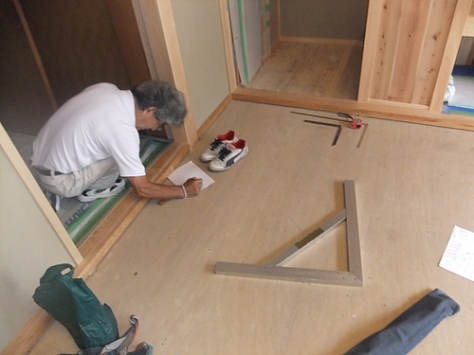If you live with snow, it is an important kanji.
Wouldn’t you think?
砂箱 すなばこ sunabako snow box
砂箱 すなばこ sunabako snow box
砂箱 すなばこ sunabako snow box
砂箱 すなばこ sunabako snow box
砂箱 すなばこ sunabako snow box
砂箱 すなばこ sunabako snow box
Obviously the sand boxes are a seasonal thing in heavy snow areas.
Sapporo City: sand to stop you from sliding.
Please, help yourself as you wish.
砂箱 すなばこ sunabako snow box
Even trains need it, if the wheels were to loose some traction on the rail.


























































































































































































You must be logged in to post a comment.